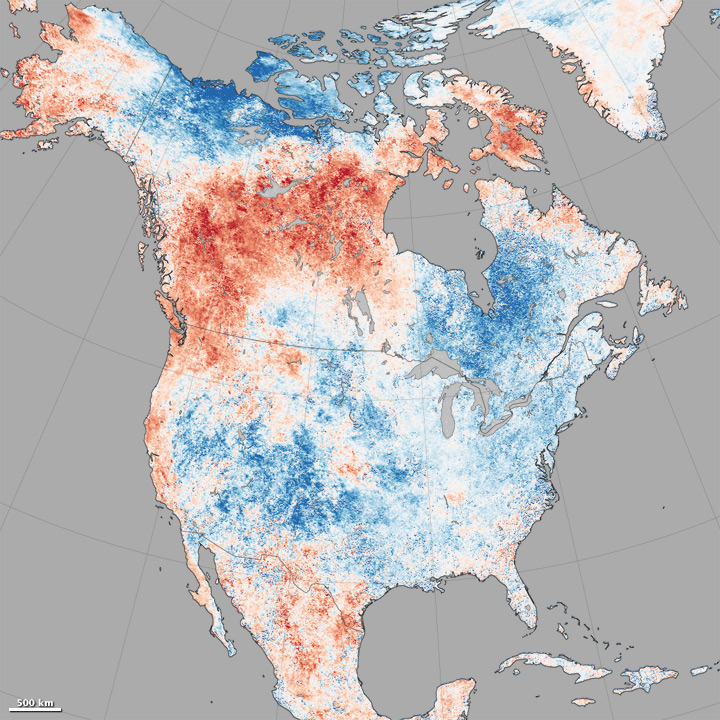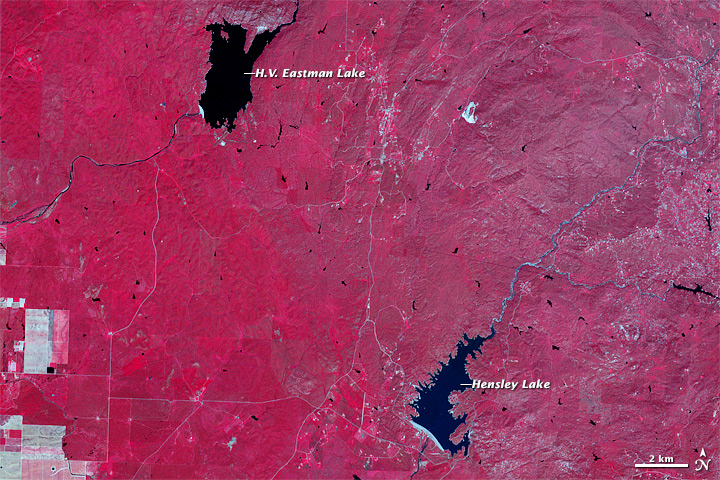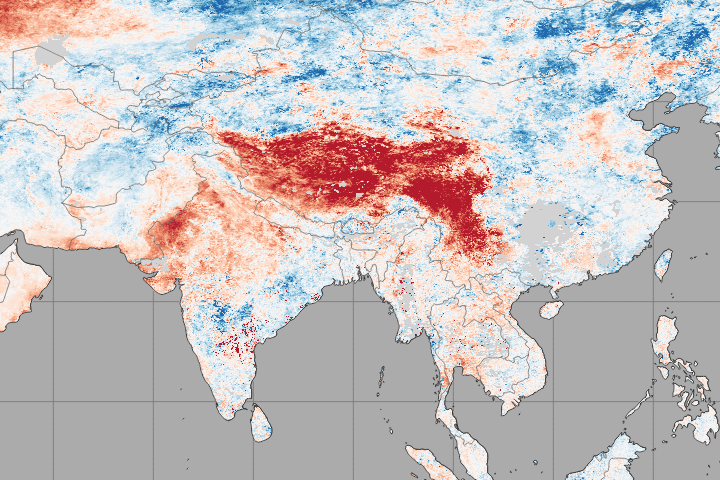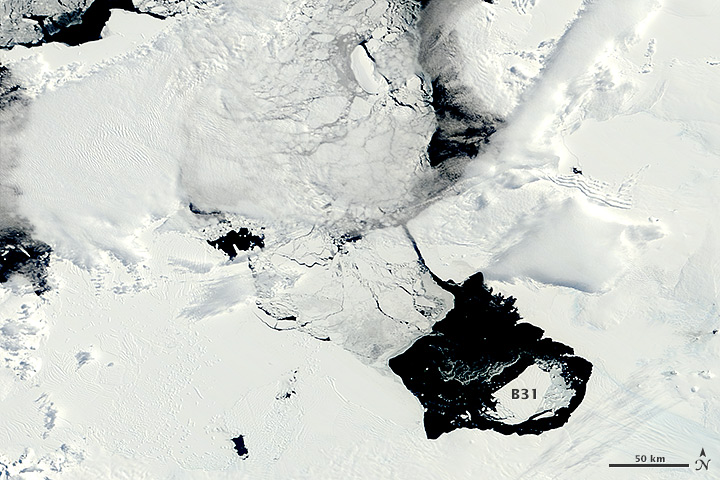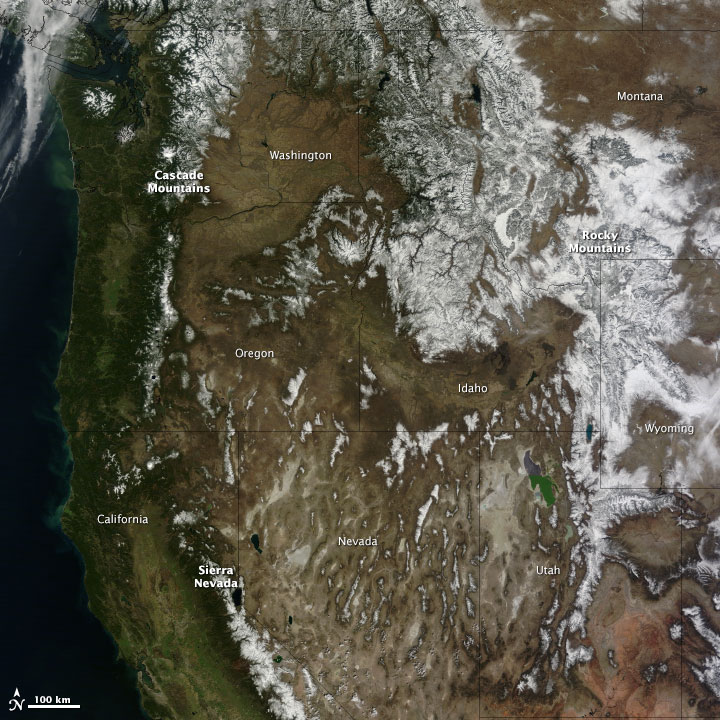If you live in the northern hemisphere, the past few weeks have been strange. In places where it should be seasonably hot—the eastern and southern United States and western Europe—it’s just been warm. In places where weather is usually mild in the summer—northern Europe, the Pacific coast of North America—it has been ridiculously hot. Read more
NASA Earth Observatory images by Jesse Allen, using data from the Land Processes Distributed Active Archive Center (LPDAAC). Caption by Michael Carlowicz, with image interpretation from Bill Patzert (NASA JPL), Jason Samenow (The Washington Post) and Linus Magnusson (European Centre for Medium-Range Weather Forecasting).


